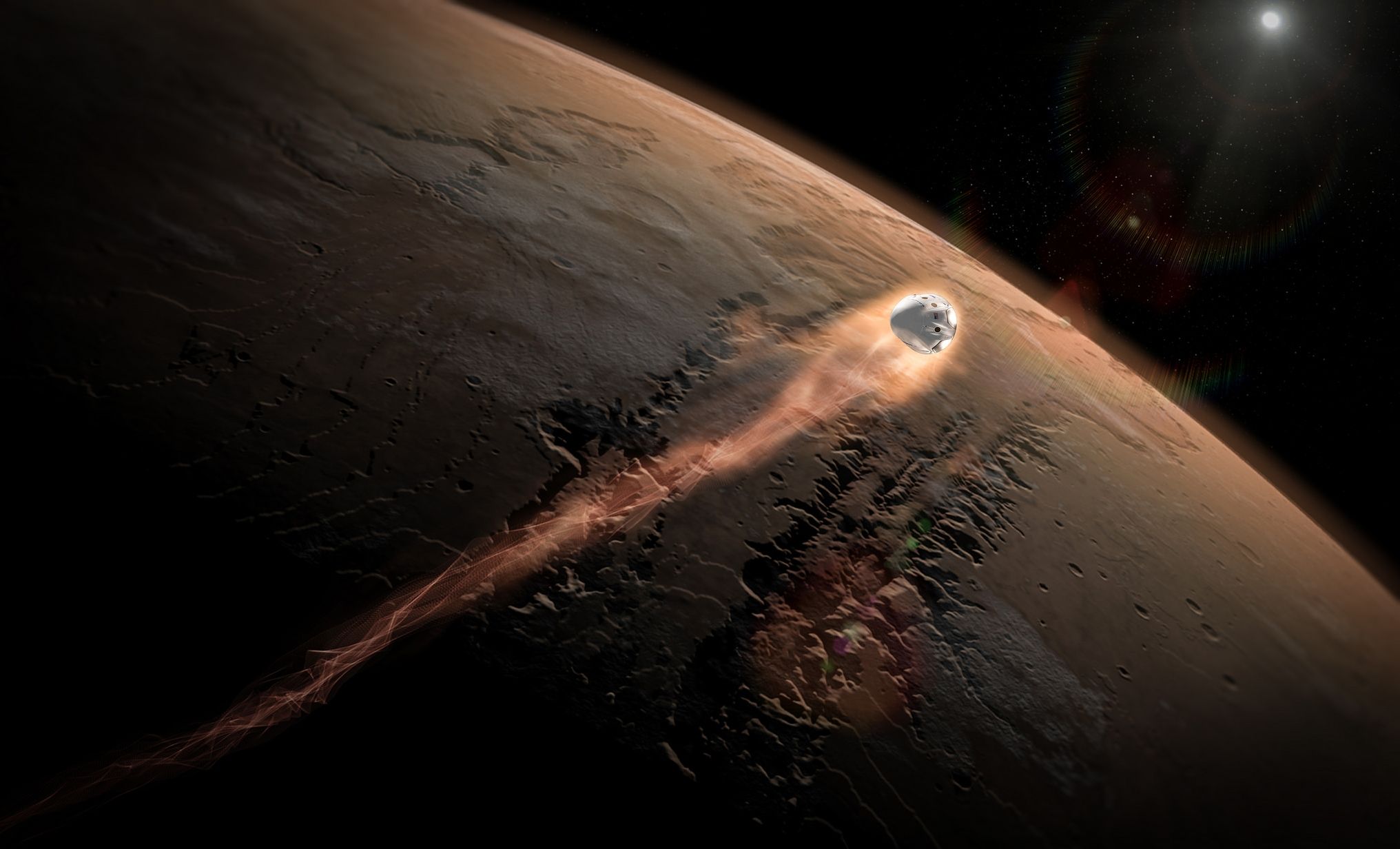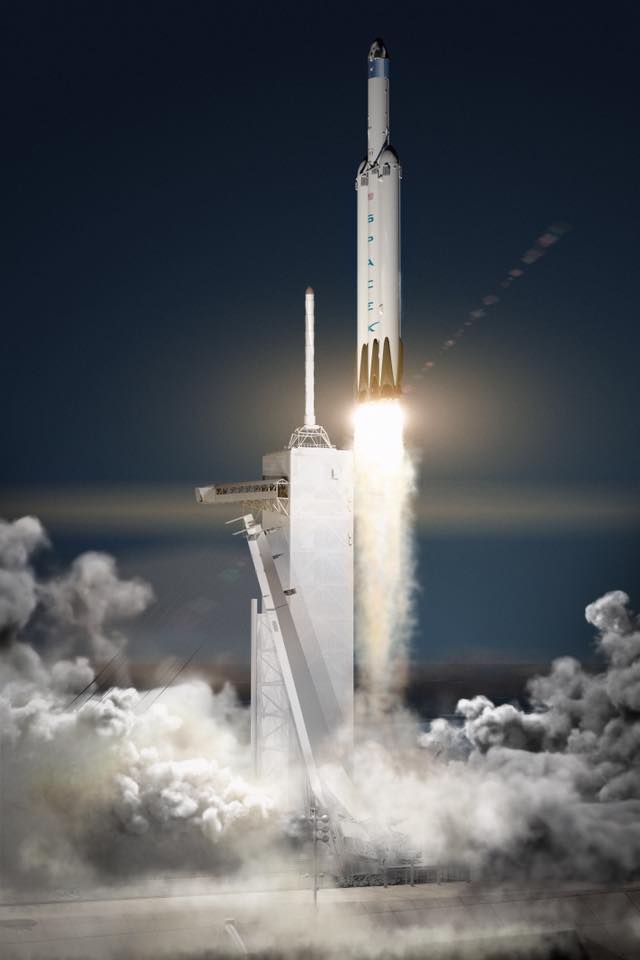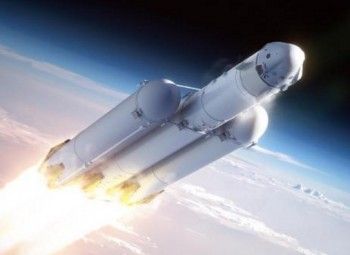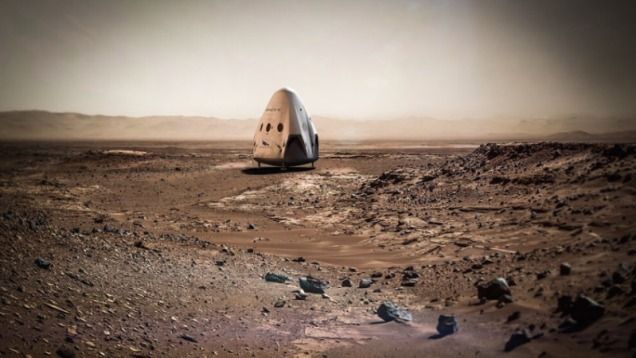Apr 29, 2016
NASA Now Has New Options For Sampling Moon’s Ancient Interior
Posted by Bruce Dorminey in categories: robotics/AI, space travel
The odds are now better than ever that future explorers, both robotic and human, will be able to take samples of the lunar’s hidden interior in deep impact basins like Crisium and Moscoviense. This gives planners more options on where to embed the first science colony.
Finding and sampling the Moon’s ancient interior mantle — one of the science drivers for sending robotic spacecraft and future NASA astronauts to the Moon’s South Pole Aitken basin — is just as likely achievable at similar deep impact basins scattered around the lunar surface.
At least that’s the view reached by planetary scientists who have been analyzing the most recent data from NASA’s Gravity Recovery And Interior Laboratory (GRAIL) and its Lunar Reconnaissance Orbiter (LRO) missions as well as from Japan’s SELENE (Kaguya) lunar orbiter.
Continue reading “NASA Now Has New Options For Sampling Moon’s Ancient Interior” »


















